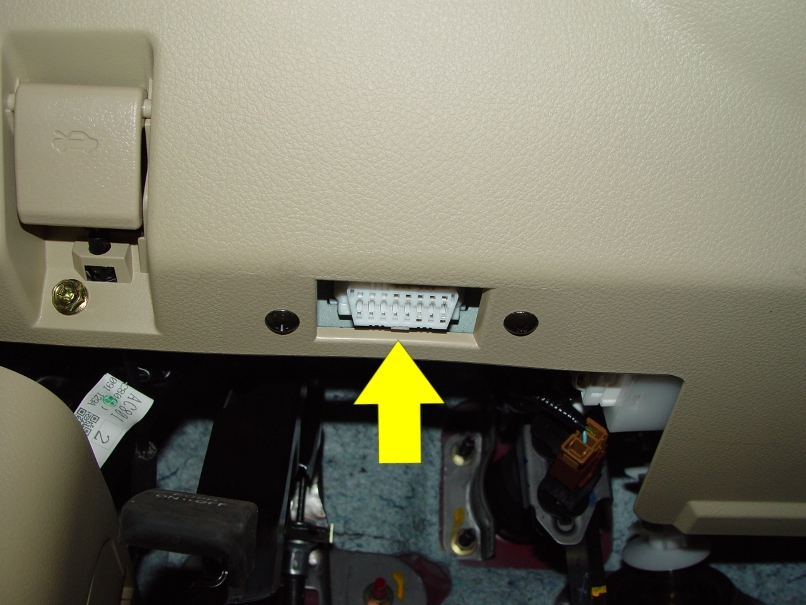Frequently Asked Question (FAQs)
In comparision, a Sequential Gas Injection System is similar to a MPFI petrol car. The gas is injected to each and every cylinder of the car just before the combustion chamber via gas injectors. The gas injection is controlled via a Gas ECM which is programmed via software and follows the petrol ECU’s sequence and injection timing by using a multiplier for gas to deliver a petrol like performance and ensuring emisions are kept to minimum. This system also ensures all car parameters and feedback control devices are running as per manufacturer’s defined limits ensuring good performance and higher mileage as the precise dosing of gas fuel is ensured. These systems also eliminate the risk of backfires which can be quite detremental specially in a plastic intake manifold common in most BS-IV upwards cars and is an expensive part to replace.
In lastest generation cars, with Turbo Direct Injection on Petrol (eg. TSI engines) , its also possible to use Direct Injection on gas where the fuel is directly injected in combustion chamber for a much superior performance. We are one of the first companies to launch this technology in India !
We also advice to switch to BRISK Silver CNG Spark plugs which emit strong sparks to ignite hard to ignite fuels like CNG – compared to a conventional copper spark plug.(see www.briskracing.in) With our factory trained and highly experienced and updated installers, we ensure that you get the correct advice, perfect products for your car’s engine and a higher fitment standards ensuring safety and performance.
Power and performance has always been a highlight of using LPG in a car being a liquid fuel when stored and turns to vapor when released. Both CNG and LPG (110 RON) have higher octane numbers than petrol and are thus known to have lower knock and proper combustion than premium grade Petrol.
With OBD-II, all car manufacturers would follow a similar set of codes and have a similar port, making it possible for the workshop to scan the car with a common scan tool or software. The difference over OBDI is that in OBDII there would be real time data meaning faster diagnostics and more efficient remedies can be provided for the problems faced in a vehicle.
All cars made in India after 1st April 2013 are compulsorily OBDII compliant. Using an OBD-I CNG Kit is not legal in such cars and may cause the MIL/CHECK ENGINE light to come on while running on CNG/LPG besides seriously damaging your car’s engine. It is recommended to use an OBD-II CNG/LPG kit on such cars to avoid check engine lights which would only come on when there is an actual problem in the car.
For more info on OBD please read our blog.

Further there is no odour in CNG and when it burns there is no smell coming in the car. Likewise in LPG, the tank is housed in a vacum tight housing, so there are no fumes and odour inside the car. There is also no odour in the exhaust of the car.
In the modern OBDII systems or Direct injection systems, your installer should have indepth knowledge about the car’s parameters as he needs to ensure that the fuel trims on CNG are matched with that on Petrol to avoid any malfunction/check engine lights in dashboard from the OBD.
Most users of CNG face issues of poor pick up, drag, Check Lights, jerks, irratic idling etc – a majority of which can be attributed to poor quality components and poor fitment.
At EVO our installers and calibrators are skilled, trained in Europe with years of experience in installation and handling LPG /CNG vehicles. All our dealers in India are trained as a prerequisite on starting an association with us.
When you get an EVO Kit for your car, you are in safe hands, we set higher fitting & service levels.
However, every three years, the CNG cylinder is required to be tested for Hydrostatic pressure test to ensure validity of the storage cylinder installed in the car for your safety.
Morever, the tanks are made of seamless steel tubes which can withstand pressures upto 700 bars i.e 3 times the working pressure and are fitted with Cylinder valves which have burst discs that vent out the gas in case of pressure or temperature built up in the tank making it absolutely safe.
Likewise for LPG the tanks are high quality steel which do not crack up or deform and fitted with a vaccum tight housing which lets all fumes outside the car’s cabin in case of any leakage or pressure built up. The LPG tanks are fitted with MULTIVALVE which does not allow more than 80% of the total tank capacity to be filled leaving space for expansion of gas in heat. This valve has a thermofuse, a pressure relief valve, a manual closure valve, and solenoid which trips in case of excess pressure flow or impact.
Unlike Petrol or Diesel these fuels do not ignite with engine heat in case of any accident of the car or spilling which would never happen in CNG or LPG.
Further, we ensure that there are no check engine lights due to CNG installations. Most car manufacturers workshops decline warranty when they see permanent Check engine lights after CNG installations which is a sign of imperfect system and mismatch fuel trims. The disadvantage of this is that in case of an actual trouble in the car you would not know if there is anything wrong in the vehicle which would have needed immediate attention and required a visit to the workshop. In most cases, the damage would have already been done with a permanent CHECK LIGHT glowing after CNG installation.
Hence, such imperfect installations would surely void your car warranty.
